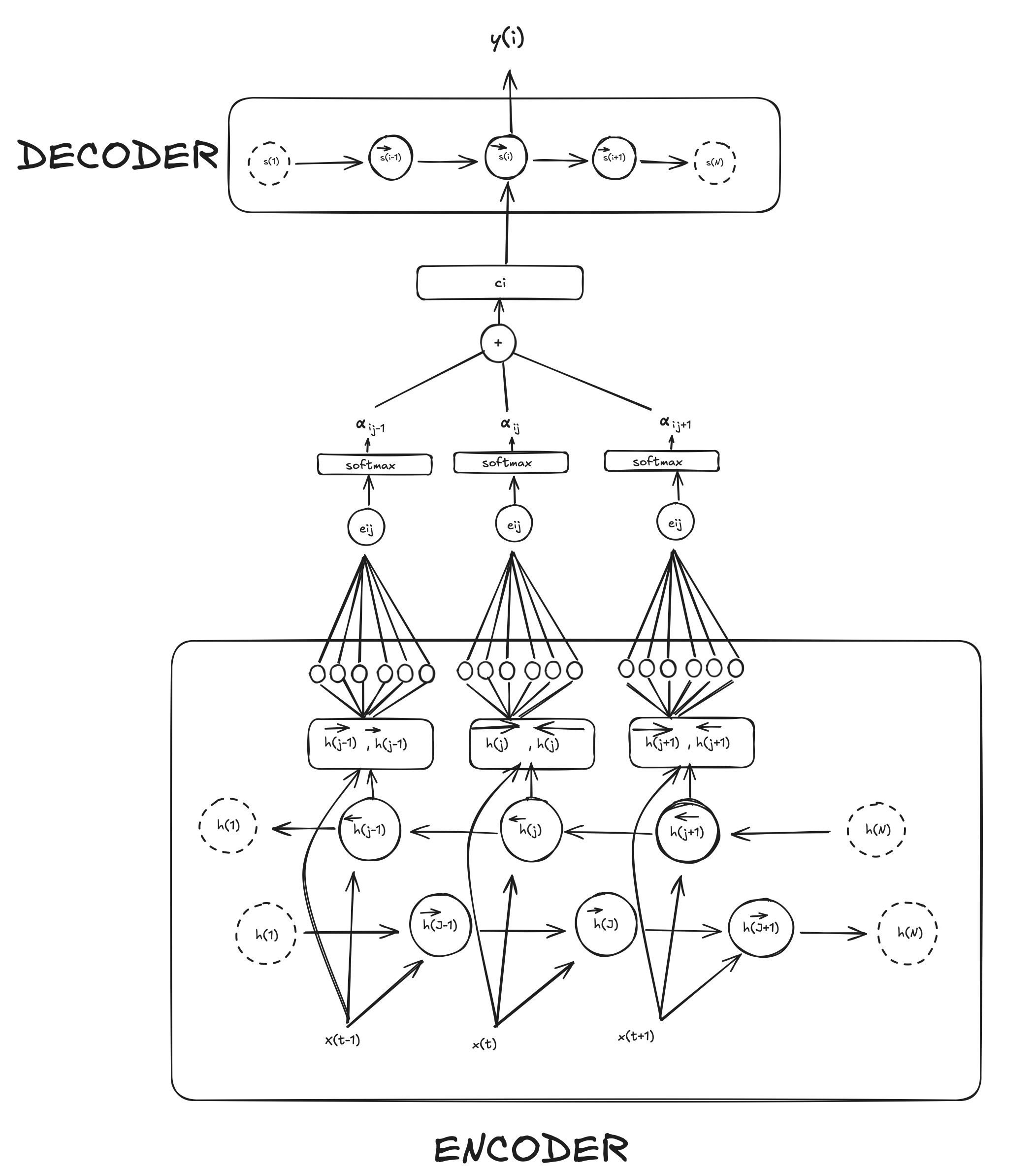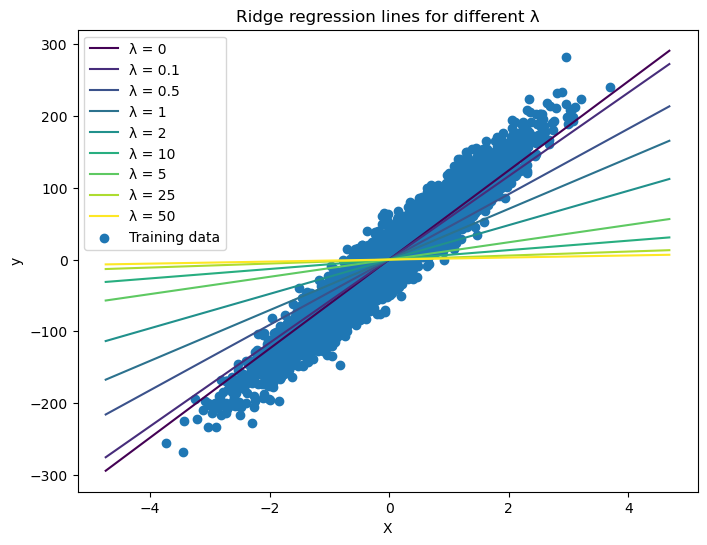Cross entropy
Published:
What is Cross-Entropy?
Cross-entropy is one of many possible cost function that we might consider choosing for our model and is typically used in Categorical Classification. This means, a model that aims to predict whether our input data is one in a finite size possible classes.
For example, if we want to predict the next letter in a word, cross-entropy could be use to measure the loss between the letter predicted -which has to be one of 28 letters in our vocabulary, these are our possible classes- and the actual letter that proceeds.
Why entropy?
Well, this comes from an information theory perspective and is not so much related to the physic concept of disorder. Entropy in this context is more related to measuring the average amount of information or bits, this can be seen as uncertainty as well, inherent in a probability distribution. For more information on this topic outside ML see this
This refers exclusively to categorical cross-entropy i.e. Cross entropy for discrete probability distributions of $p$ and $q$ with the same support
Formal definition
Formally, the cross entropy is used to measure the difference between the probability distribution of $p$ or the true probability distribution (the actual distribution of data or outcomes) and $q$, the predicted probability distribution (for example, from a model)
Cross-entropy as Loss function
Here, the categorical cross-entropy as loss function $\mathcal{L}$ is
\[\mathcal{L}(\hat{\mathbf{y}}, \mathbf{y}) = - \sum_{i=1}^{V} y^{(i)} \log(\hat{y}^{(i)})\]Where:
$\mathbf{y} \in \mathbb{R}^V$ is a one-hot vector representing the true class (of $V$ possible classes/tokens).
$\hat{\mathbf{y}} \in \mathbb{R}^V$ is the predicted probability distribution (often obtained via a softmax layer).
For example, if we are trying to predict the next letter in a word or a phrase, $V$ would be the alphabet, hence $\mathbf{y} \in \mathbb{R}^{26}$, and if our predicted next letter is ‘c’ then our vector $\hat y$ would be
\[\hat{y} = \begin{bmatrix} 0 \\ 0 \\ 1 \\ \vdots \\ 0 \\ 0 \end{bmatrix}\]There’s a reason why we would one to use a one-hot vector representation of our distribution classes that will be explained in the section [[#Intuitive explanation of the mathematical expression]]
Cross-entropy as Cost function
As we have seen in other post, the Cross entropy serves as a [[cost function]] which can be defined as:
\[J(\theta) = \frac1{n}\sum^n_{i=1}\mathcal{L}(\hat y_i, y_i)\]Where $J(\theta)$ represents the averaged ($1/n$ ) sum ($\sum_i^n$) of all computed Losses ($\mathcal{L}$) between the predicted value ($\hat y$) and the actual value ($y$) for a set of $n$ samples.
If we integrate the $\mathcal{L}$ that we saw previously into our Cost Function then we get:
\[J(\theta) = \frac{1}{n} \sum_{j=1}^{n} \Bigl( -\sum_{i=1}^{V} y_j^{(i)} \log(\hat{y}_j^{(i)}) \Bigr)\]Again, this represents the average loss across multiple samples
Intuitive explanation of the mathematical expression and relation to the log-likelihoood
I always try to understand the why of a mathematical expression. In the case of our . Let’s do it in parts for our cost function ($J(\theta)$):
\[J(\theta) = \frac{1}{n} \sum_{j=1}^{n} \Bigl( -\sum_{i=1}^{V} y_j^{(i)} \log(\hat{y}_j^{(i)}) \Bigr)\]1. $\frac{1}{n} \sum_{j=1}^{n} (·)$
We already explained this part, the loss function $\mathcal{L}$ is calculated between two points. For our cost function we compute the loss function for every point in our dataset of size $n$. So all this does is sum every loss for points $j$ in $n$ and average the values $1/n$
2. $-\sum_{i=1}^{V} (·)$
We sum because we want to integrate the loss in all classes ($i \in V$) for every point ($j \in n$) in our dataset. As we will see later, in cases where the true label is represented as one-hot encoded vector it really does not make a difference to sum or not -as the product will be 0 for those clases different from the true label-, but for soft targets this formula is applicable. Therefore, this is the generalized mathematical expression.
Why using the negative sign?
Taking a step back. Why are we doing this for? Well, because we want to find the best weights or parameters for our model that is trying to classify our input data. In order to do so, we see the [[likelihood function]] as a function of how different values for these parameters ($\theta$) explain our observed data ($y$).
Okay. So which $\theta$ do we choose? Obviously, we want to maximize this log-likelihood function (we use log because it’s easier mathematically). Why? Well, because we want to get the parameters that are more likely to explain our observed data. However, from a mathematical optimization perspective, it’s easier to deal with minimization problems rather than maximization problems, so instead of trying to optimize the maximization our log-likelihood, we try to minimize our cost function. For this reason, we look at our cost function as the negative log-likelihood, we are essentially converting log-likelihood it into a minimization task.
Important concept In essence, the cost function is a reformulation of the log-likelihood that fits into a minimization framework. As the cost decreases, the log-likelihood increases.
The maximum likelihood of our model, which is to say maximize $L(\theta)$ is the equivalent to minimizing $J(\theta))$
3. $y_j^{(i)} \log(\hat{y}_j^{(i)})$
This part acts Like an “Indicator”
If $y^{(i)} = 1$, then $-\sum_i y^{(i)} \log(\hat{y}^{(i)})$ picks out $-\log(\hat{y}^{(i)})$ for that specific $i$.
If $y^{(i)} = 0$, the term $0 \times \log(\hat{y}^{(i)})$ contributes nothing.
Hence for the single-correct-class scenario, we only penalize the log probability of the correct class. It effectively focuses the loss on “the probability you assigned to the ground truth token.”



Comments